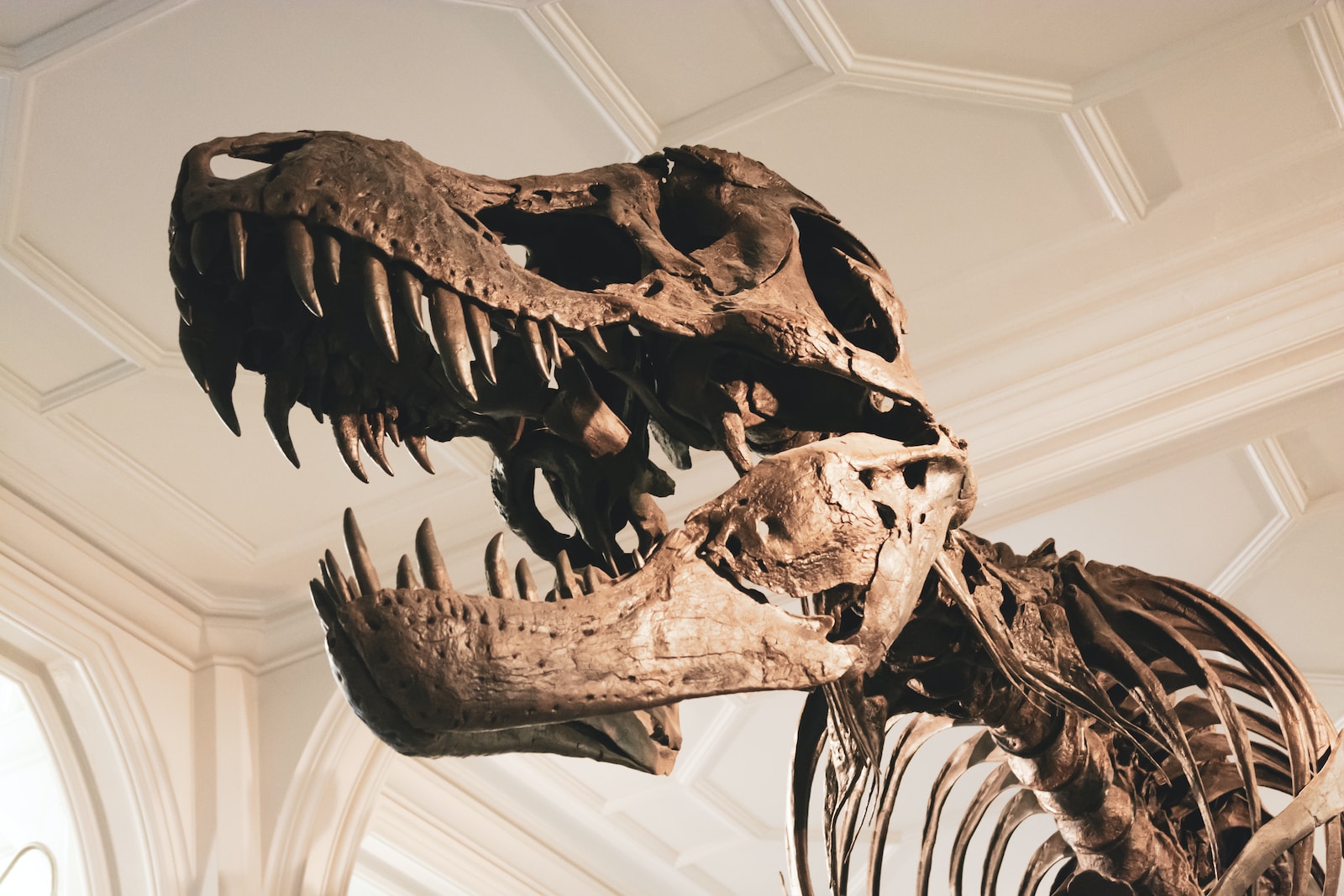Table of Contents
ToggleIntroduction
A newly discovered mosasaur fossil from North Dakota could help scientists solve a long-standing evolutionary mystery. The fossil, which was unearthed in 2015, has been named Jormungandr walhallaensis after the Midgard Serpent of Norse mythology. It is the first known species of mosasaur to have a mix of features from two different genera, Mosasaurus and Clidastes. This suggests that the mosasaur group is more diverse than previously thought.
Mosasaurs and Evolutionary Enigmas
Mosasaurs were a group of marine reptiles that lived during the Cretaceous period. They were apex predators and had a wide range of sizes and shapes. Some mosasaurs were just a few feet long, while others, like Mosasaurus, could grow up to 60 feet long.
Mosasaurs are an important animal group for studying the transition from land to sea life. Their ancestors lived on land, but they evolved to return to the sea. Mosasaur fossils are so abundant that they provide a valuable dataset for studying this evolutionary process.
Addressing the Gap in Documentation
Despite the plentiful pool of specimens, many mosasaur fossils were not documented as exhaustively as Jormungandr walhallaensis was. In some cases, they were barely illustrated at all when they were first described.
Addressing this discrepancy in newfound fossils and revisiting known specimens will play a big part in helping scientists solve these evolutionary riddles.
The Future of Mosasaur Research
The discovery of Jormungandr walhallaensis is a significant step forward in understanding mosasaurs. It highlights the importance of documenting fossils in detail and revisiting known specimens.
With continued research, scientists hope to better understand the evolution of mosasaurs, their role in the Cretaceous marine ecosystem, and the factors that contributed to their extinction.







